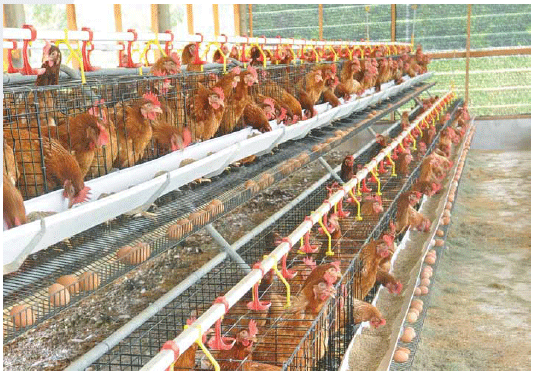



Andersons 2012 Poultry Outlook
The Andersons 2012 outlook studies the consequences of the past year on the poultry industry in the UK and identifies the key issues that await us in 2012.The problems for the sector began with the rise in cereals prices, which has fundamentally changed the dynamics of most intensive livestock systems, perhaps for the long term. In the case of the egg sector, this was exacerbated by a corresponding depression in prices brought about by a perceived oversupply of eggs into the free range market.
Member State Compliance With EU Cage Ban

The results over the past 12 months have been disastrous, and prospects for the coming period are not much better, with feed prices ‘locked-in’ at historically high levels and little sign at the time of writing of a meaningful price rise for eggs to take them above the cost of production.
Figures relating to chick placings and hen populations do give some cause for optimism. DEFRA statistics confirm that the first two quarters of 2011 showed a rise in egg production from free range systems (compared to 2010). However, evidence suggests that production has peaked as margins have squeezed. Data from the British Free Range Egg Producers Association (BFREPA) suggest that chick placings to July 2011 are down by seven per cent from the same period in 2010. This means that the pullet population is projected to reduce by around one million birds in the latter half of 2011 (compared to the start of the year), which will inevitably have an effect on egg supply moving into 2012.
Anecdotally at least, there is plenty to suggest that a proportion of producers will cease production, either temporarily or permanently. The economics of the enterprise on a farm level make it obvious to some that the best strategy is to not to replace the existing flock at the next restocking and wait until the market moves in their favour. Much will depend on factors such as finance commitments in individual businesses.
Of course, the big issue on the horizon is the proposed ban on eggs produced in cage systems at the start of 2012. This will inevitably have an impact on the market in terms of supply and demand and the price of eggs in the free range market. Most producers cling to the hope that an imbalance will be created which provides a catalyst for higher egg prices. At this stage, it is very difficult to predict what the market response will be, although DEFRA statistics show that in the second quarter of 2011, cage production systems accounted for 48 per cent of egg production in the UK is down from 57 per cent in the first quarter of 2009. Banning the cage production system will inevitably have a great impact but the amount of production to be taken up by new ‘enriched cage’ systems remains to be seen.
The wild–card is the wider European market and what will happen to ‘illegal’ eggs that come from banned production systems after January 2012. As Figure 14 shows, many EU countries have not implemented the new rules with anything like the vigour seen in the UK. It will be more than frustrating for UK producers who have made heavy investments to be competing against eggs produced in systems that should no longer be operational.
In the poultry meat sector, high feed prices will inevitably continue to put pressure on margins. However, demand for chicken meat seems to be more robust than in the egg sector and production has continued to rise as consumers continue to view chicken (in particular) as a cost–effective and convenient purchase. This all points to a slightly more stable outlook than the egg sector but margin pressure will undoubtedly motivate some producers to question their long–term aspirations. Additionally, continued pressure from issues such as biosecurity risk and IPPC legislation will lead many producers to query the reinvestment requirements of existing enterprises.

January 2012








